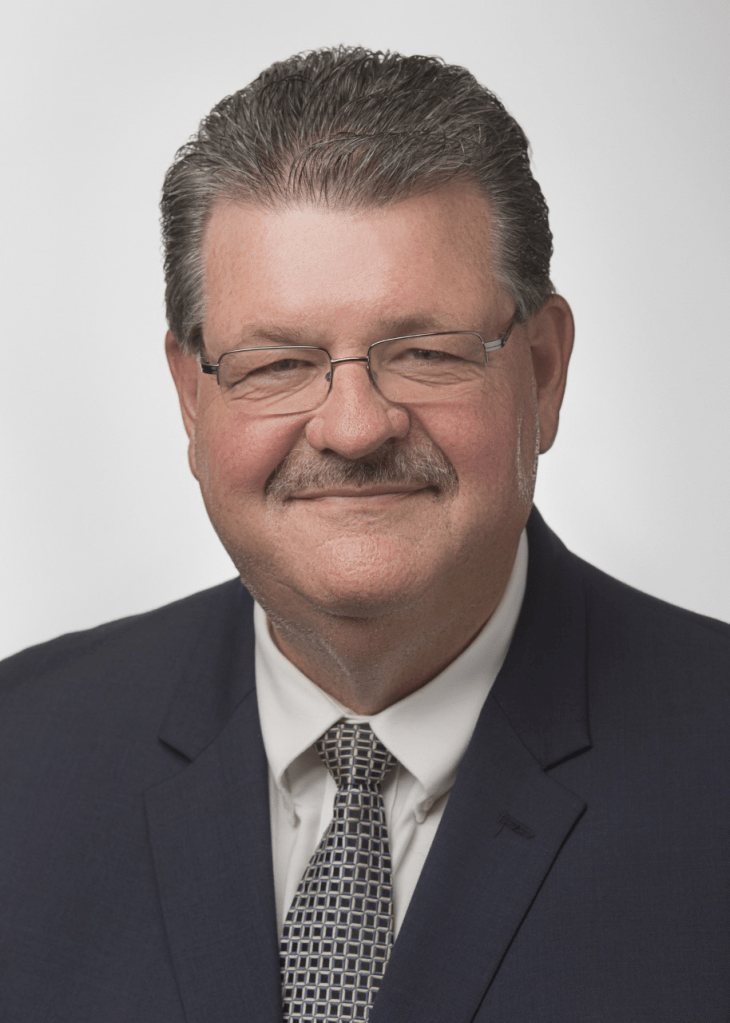Ted Tozer, former president of Ginnie Mae during the Obama administration and current president Alanna McCargo’s most recent Senate-confirmed predecessor, applauded the news that the company is looking into the development of a new Home Equity Conversion Mortgage (HECM)-backed Security (HMBS) product.
Announced earlier this week as a part of a broader effort to introduce more liquidity into reverse mortgage-backed securities, the new product would enable the acquisition of loans from an HMBS pool above the existing 98% maximum claim amount (MCA) requirement. The company is exploring the product development due to “continued liquidity constraints in the reverse mortgage sector,” it said.
Announced HMBS concept vs. proposed concept
When reached about Ginnie Mae’s statements on the matter, Tozer expressed excitement about the prospect and hoped that the move was partially in response to an op-ed he authored for the Urban Institute last year making HMBS program recommendations.

“To me, it sounds like they’re responding to this, which I think is really great,” he said. “Because that was one of the things I mentioned in my paper: one thing that’s urgently needed is to have this liquidity facility so that lenders — when they buy loans out of pools at ninety-eight percent — they can actually turn around and use them as collateral, again, for a government-guaranteed security.”
The Ginnie Mae guarantee will enable buyers to have the ability to fund those buyouts, Tozer explained.
“I’m speculating, but if they’re building off the work that I did, as far as researching that they have the ability to guarantee other types of structures besides a traditional mortgage-backed security that amortizes or moves with the balance of the underlying mortgage itself.”
In his paper published last October, Tozer describes a potential product with similar provisions to the concept laid out in Ginnie Mae’s announcement this week. HMBS issuers, Tozer wrote at the time, could benefit from greater support if Ginnie Mae offered an additional path toward funding required buyouts for the program.
“[HMBS] issuers could also use Ginnie Mae–guaranteed commercial paper to fund the Ginnie Mae–required buyouts of loans that have hit their 98 percent maximum claim amount or have become inactive,” Tozer’s Urban piece explained.
The existing HMBS program and the potential new product
When asked if there could be a migration away from the existing HMBS product to the new one Ginnie Mae is exploring, Tozer said they would instead most likely be symbiotic.
“The way I wrote my proposal a few months ago was [using] the concept that you would have your normal HMBS, what you’re doing today with your draws and everything that you normally do,” Tozer said. “But then when it hit 98% and you had to buy the loan out, you would buy it just like you do today.”
But instead of the HMBS issuer having to put that loan on their balance sheet and fund it through bank lines, their own capital or some other means, they could recollateralize into a shorter-term instrument.
“I proposed it being a one-year money market instrument, and it would be short-term in nature that would be collateralized by the HECM loans that have been bought out of the HMBS pool initially,” he said. “And then that way, the issuer wouldn’t have to rely on banking lines of credit or their own capital. They’d be able to borrow the money in the money market instruments.”
That makes the proposal — presuming it serves as some kind of basis for what Ginnie Mae is developing — a totally different animal than the existing HMBS program.
No additional authority required for Ginnie Mae, Tozer says
When asked if the creation of a new HMBS product would require additional authorization from Congress, Tozer said that his understanding of Ginnie Mae’s original charter means that the company has broad-based authority to “guarantee any obligation of an issuer as long as that debt is collateralized by government-insured loans,” he said. “That’s all it says.”
When Ginnie Mae was first established after President Lyndon Johnson signed the Housing and Urban Development Act of 1968, Congress was not aware of what Ginnie Mae would actually create to accomplish its mission of expanding the availability of mortgage funds for families of broader-based incomes.
“All they wanted to do was have Ginnie Mae create a process so that issuers could use their government-insured loans to get funding for those loans,” he said. “Because up to that point, all government loans were sold to the government through Fannie Mae, and the government put them on the balance sheet. In ‘68, they decided they did not want to put them on the balance sheet anymore.”
Congress wanted to get the government out of the business of buying loans, and into the business of enabling issuers to get money out of the capital markets, he said. Because of that, the broadness of the Ginnie Mae charter allows it to create a new HMBS product without requiring congressional approval, he explained.



